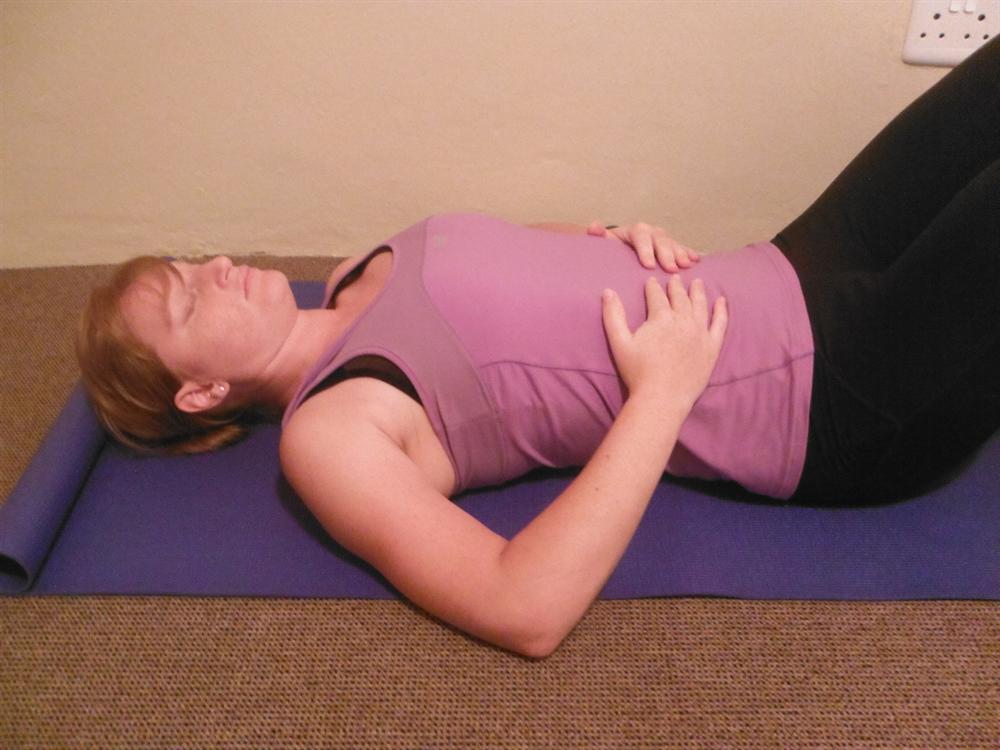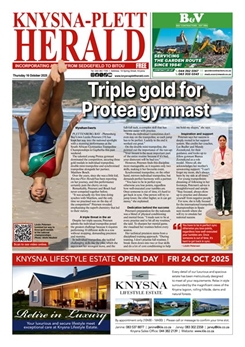Incorporate them in your daily routine and feel the difference!
The lungs are responsible for getting oxygen from the air into the body and to remove carbon dioxide from the body. With age, the human body changes. The bones of the ribcage become thinner and change shape, causing lowered ability to expand and contract during breathing.
The diaphragm that is responsible for breathing becomes weakened and may cause less air to be inhaled or exhaled. The tissues surrounding the airways lose their ability to keep the airways open, resulting in air being trapped in the lungs.
The nervous system slows down and loses its ability to trigger coughing when smoke and germs collect in the lungs. These changes mean that less oxygen in the blood is available to the body and, thus, less carbon dioxide is removed from the body. This can cause fatigue, shortness of breath, sleep apnoea and lung infections.
To prevent the effects of ageing on the lungs, do physical exercises to improve lung function. Do not smoke as smoking speeds up ageing of the lungs. Be on the go. Sitting or lying down collects mucus in the lungs which can cause infections, especially after illness.
Like all muscles in the body, the lungs can be trained to perform better. Lift the ribs and pull the shoulders back through the movements to assist deep breathing. Do these basic exercises every day.

Lateral breathing: Lie on a mat on your back. Place both hands on the stomach just below the last rib. The finger tips should be touching. Breathe in deeply through the nose allowing the hands to move away from each other. Focus on moving the hands to the sides and not lifting the chest or rising the stomach. Exhale slowly through the mouth bringing the finger tips back together. Repeat for 60 seconds.

ostril breathing: Keep the mouth closed. Press the right nostril closed with the right thumb. Inhale deeply and slowly through the left nostril. When fully inhaled, press the left nostril closed with the middle finger. Exhale slowly through the right nostril. Reverse the movement by inhaling through the right nostril and exhaling through the left nostril. Continue for 60 seconds. Stop when you feel dizzy.

Abdominal assisted breathing: Sit on a chair keeping the back straight. Place one hand on the chest and the other hand on the stomach. Inhale through the nose so that the hand on the chest lifts. This fills the upper lobes of the lungs with air. Exhale slowly through the mouth. Inhale through the nose so that the hand on the stomach lifts. This fills the lower lobes of the lungs with air. Exhale slowly through the mouth. Continue alternating breaths for 60 seconds.
















